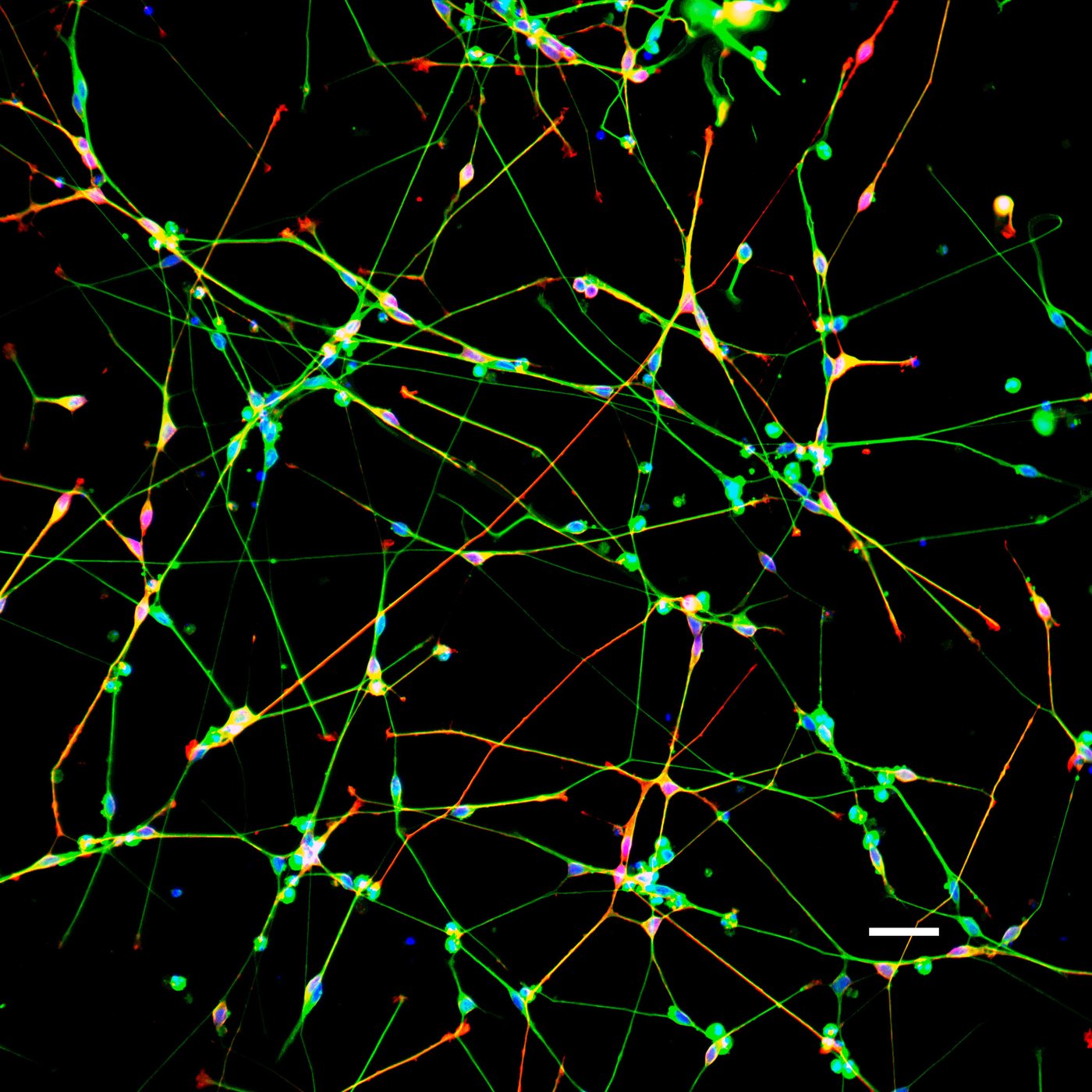
PD Dr. Rüdiger Sorg
Institute for Transplantation Diagnostics and Cell Therapeutics
University Hospital Düsseldorf
Tissue injuries can lead to a direct repair of the injured tissue by stem cells. However, it might be necessary to initiate immunological processes first, in order to remove harmful agents before regenerative processes can take effect. Therefore, we investigate the molecular mechanisms, which after apoptotic and necrotic cell death are responsible for the recruitment of different cell populations, like monocytes, dendritic cells and mesenchymal stem cells and how the immunomodulation or regenerative activity of these cells might be influenced by the necrotic or apoptotic signals. So far, we could demonstrate that apoptotic cell death results in the release of the hepatocyte growth factor HGF by the dying cells. HGF in turn is responsible for attracting mesenchymal stem cells. Vice versa, necrotic cell death results in the release of the protein HMGB1 (High Mobility Group Box 1), which leads, upon interaction with its receptor RAGE (Receptor of Advanced Glycation End Products) on monocytes and dendritic cells, to their recruitment to the site of tissue injury. Simultaneously, HMGB1 suppresses the HGF-mediated migration of mesenchymal stem cells via interaction with TLR-4 (Toll-Like Receptor-4). Hence, the type of cell death controls a differential recruitment of cells with a dominant HMGB1-mediated role of necrotic cell death for cellular tropism towards the site of tissue injury.